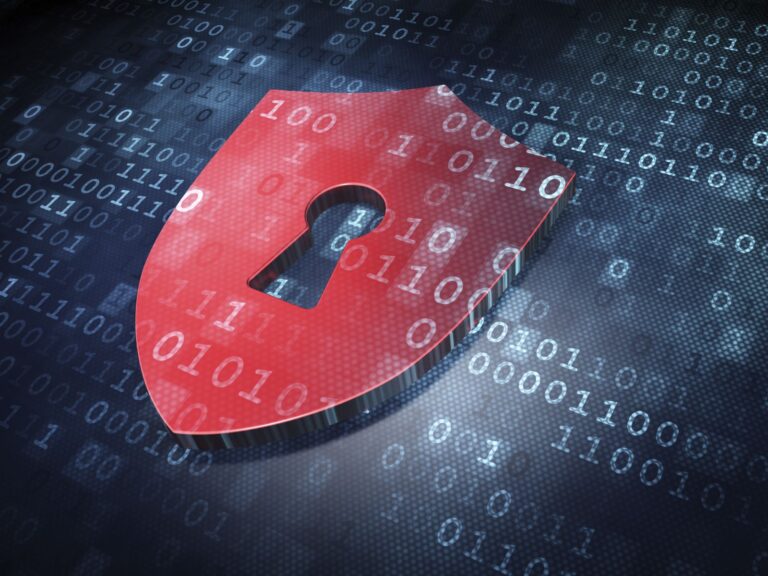Security
- Home
- Security
As the world shrinks, security seems to be harder and harder to come by. The explosion of technology has provided a host of new security challenges that we were not even aware of as recently as the turn of the millennium. With these new problems, however, have come new solutions.
Follow My Vote seeks to put these new solutions into practice in the interest of ultimately making the world a better place.
Everything from taking classes to conducting personal relationships, is done online. This begs the question, why don’t we vote online? Why are we still standing in lines for hours at a time, in the middle of November, for something that could be done on our couches? The benefits are obvious, and we have the necessary technology, so what’s the hold up?
Security.
People are predisposed to a fear of the unknown. Despite the fact that they have put nearly every other facet of their lives online, they are hesitant to vote this way. Concerns over hacking, vote robbing and corrupted data have kept the voting process from becoming as efficient and effective as possible. Many of these concerns are over-inflated by the media focusing only on the rare lapses in technology, rather than all of the breakthroughs in online security, and how they have positively impacted our lives.

Security with Follow My Vote
Follow My Vote has developed a voting platform that uses revolutionary blockchain technology to make online voting both secure and efficient. How?
- The use of blockchain technology.
- Elliptic curve cryptography.
- Our cryptographic system requires each voter to be issued two separate keys that are mathematically related upon the creation of their account. One of these keys is made public to the other voters within the system, a public key. The other key is kept secret from all other voters within the system, and is therefore called a private key. This combination creates the key pair. The voter’s private key will be used by the voter to control the account and submit requests to the system; other voters will only know what the voter’s public key is. By using the cryptography in this way, ballot requests, updates and submission are unable to be hacked or faked in any way.
- Transparency
- Online voting enthusiasts have long highlighted the fact that if we are comfortable shopping and conducting banking transactions online, why would we not be comfortable with voting online. The long held response to this logical inquiry is that those activities have a high degree of transparency, whereas the need for secrecy in casting ballots means one cannot actually confirm that their activity was accurate. Follow My Vote allows for complete transparency, ensuring end-to-end verifiability.
- The combination of blockchain and Elliptic Curve allows for complete transparency of the vote, something that has never before been possible in large-scale elections.
- All voters that participate in an election will have an opportunity to audit the ballot box themselves to ensure that the vote count of the ballots stored in the ballot box match the election results being reported.
- Transparency does not compromise the secrecy of the ballot. The user has both a public and private account. While users can view other voter’s ballots; names and identities are not available. Users can see that a vote has been submitted, and who the vote is for, but not who submitted it.
The ability to track votes, and see that they were submitted correctly and accurately, alleviates a majority of the concerns that come with an online system.
The lack of a centralized system, combined with the ability to track votes right down to the end of the election, makes a hacker’s job virtually impossible. The hacker would have to do all of the work they would normally put into hacking a central database, just to alter one vote. In addition to this, it is likely that all of this effort would be for naught, as users would recognize the hack before the election has ended.
The fears that are associated with online voting are especially confounding considering the fact that the current voting system is rife with security and accuracy issues. A number of the voting machines that are used in actual political elections are susceptible to hacking themselves. Every year votes are not counted because of mistakes made by voters. They filled out the ballot wrong, pressed the incorrect button or flat out did not understand how to use the system. Again, these voters lacked the ability to track their vote, therefore having no idea that it did not submit correctly in the first place.
Once all of the above concerns have been alleviated, there may still be a group that highlights the fact that online voting has been tried before, and failed. This argument is simply a static way of thinking, the type that stifles innovation rather than incubates it. What great invention in history has come about without a great deal of failure preceding it? In addition to this simple ideal, none of the previous online voting systems employed the technology that Follow My Vote uses. All of the problems that plagued previous systems have been eradicated by the combination of blockchain and elliptic curve cryptography advancement. While online voting has been tested, and failed in the past; there have also been times where it has proven to be very successful.

